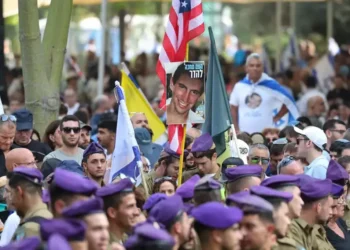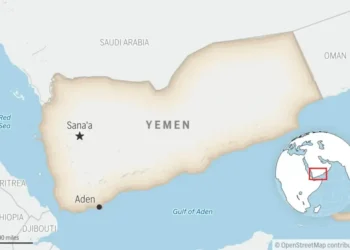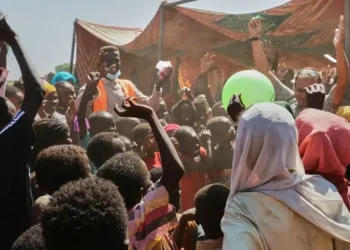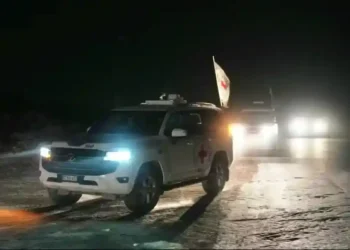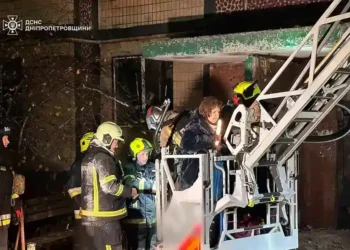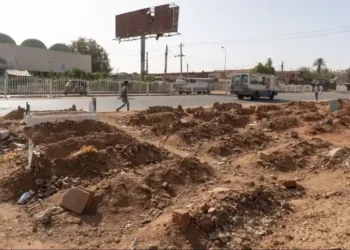Ukraine Moves to Strengthen Defense with Rafale Jets and French Air Systems
Ukraine has signed a preliminary agreement with France to acquire up to 100 Rafale fighter jets, air defense systems, and drones as part of a 10-year strategic defense plan. The deal aims to bolster Kyiv’s long-term military capabilities amid ongoing Russian attacks and escalating security challenges. French President Emmanuel Macron and Ukrainian President Volodymyr Zelenskyy announced the agreement during a joint press conference in Paris.
Strategic Defense Partnership Between France and Ukraine
Ukraine and France formalized a letter of intent on Monday, signaling Kyiv’s interest in purchasing a comprehensive range of French military equipment. The agreement includes Rafale multi-role fighter jets, SAMP/T air-defense systems, drones, drone interceptors, and other advanced weaponry.
President Volodymyr Zelenskyy described the arrangement as “a historic deal” and emphasized its role in securing Ukraine over the next decade. “Ukraine will be able to receive 100 Rafale fighter jets and eight SAMP/T air-defense systems, each with six launching units,” Zelenskyy said. “This is a strategic agreement that will operate for ten years, starting next year.”
French President Emmanuel Macron hailed the pact as a “new step forward” in bilateral defense cooperation. He highlighted that the agreement includes the latest-generation Rafale aircraft with full armament, training programs, and production collaboration.
Rafale – France’s Advanced Multi-Role Fighter
The Rafale, developed by Dassault Aviation, is France’s most technologically advanced fighter jet. Featuring a delta-wing design, it is highly maneuverable and capable of performing multiple roles, including air-to-air combat, ground strikes, and reconnaissance missions.
Rafales have been deployed in French operations across the Middle East and Africa. Each aircraft is valued at over $100 million, reflecting its advanced avionics, armament capabilities, and integrated radar systems.
The letter of intent also encompasses additional military assets, including drones, guided munitions, and the next-generation SAMP/T surface-to-air systems. French officials indicated that first deliveries are expected within the next three years. Air Force General Fabien Mandon noted that the SAMP/T systems have demonstrated superior performance against challenging missile threats compared to U.S.-made Patriot batteries.
Production and Training Timelines
No specific delivery schedule has been released for the Rafale jets. French authorities indicated that training a pilot to operate the Rafale effectively typically requires at least three years. A government source added that France can accelerate production to supply Ukraine without reallocating aircraft from the French military or delaying deliveries to other international clients.
Dassault Aviation has sold over 500 Rafales globally, including exports to Egypt, India, Qatar, Greece, Croatia, the United Arab Emirates, Serbia, and Indonesia. The aircraft’s export success reflects its adaptability to diverse defense requirements.
Strengthening Ukraine’s Defense Amid Ongoing Conflict
Zelenskyy’s visit to Paris marks his ninth trip to France since Russia’s full-scale invasion of Ukraine in February 2022. The agreement comes as Ukraine faces continued Russian bombardment of energy infrastructure and strategic targets, particularly during winter months.
Last month, Ukraine signed a separate framework with Sweden for the potential purchase of up to 150 Gripen fighter jets over the next decade. Kyiv has already received U.S.-made F-16s and French Mirage aircraft, contributing to the country’s expanding fighter fleet.
“This is a serious fleet we are building for Ukraine,” Zelenskyy said. He noted that pilots familiar with Mirage jets would adapt quickly to the Rafales, reducing the transition time required for operational readiness.
Multinational Support and Strategic Coordination
During his Paris visit, Zelenskyy and Macron toured a French airbase and later visited Mont Valérien, headquarters of a multinational coalition prepared to deploy in Ukraine to enforce a potential ceasefire. France and Britain have coordinated with over 30 other countries to establish the force, which could be deployed immediately after a ceasefire and positioned away from frontline combat.
The coalition’s mandate is intended to deter renewed Russian offensives, though Moscow has thus far rejected ceasefire negotiations while advancing on the battlefield.
Funding and Geopolitical Context
Details of the financing for Ukraine’s defense procurement have not been disclosed. Kyiv has proposed using frozen Russian assets to fund acquisitions, including air-defense systems from the United States, but the European Union has yet to formally approve this mechanism.
Zelenskyy expressed optimism about reaching a resolution. “We will push this topic to the end and aim to use Russian assets for European defense packages, Ukrainian production, and U.S.-supplied air-defense systems,” he said.
The broader security landscape remains tense, as Russia continues military operations in eastern Ukraine while Western nations provide advanced weaponry and logistical support to Kyiv.
Regional Security Implications
Ukraine’s acquisition of Rafales and SAMP/T systems reflects a strategic effort to strengthen air and missile defense capabilities against Russia’s high-intensity threats. The deal highlights growing European defense collaboration and the long-term commitment of NATO-aligned nations to bolster Kyiv’s sovereignty.
The agreement also underscores the intersection of global geopolitics and defense technology, as countries like France leverage advanced military exports to shape security dynamics in conflict zones.
Outlook
The letter of intent marks a decade-long vision for Ukraine’s defense modernization, enhancing both air power and integrated air-defense networks. With ongoing Western support and multinational coordination, Kyiv aims to sustain military readiness and deter Russian aggression while preparing for potential post-conflict stabilization and ceasefire monitoring.
This article was rewritten by JournosNews.com based on verified reporting from trusted sources. The content has been independently reviewed, fact-checked, and edited for accuracy, neutrality, tone, and global readability in accordance with Google News and AdSense standards.
All opinions, quotes, or statements from contributors, experts, or sourced organizations do not necessarily reflect the views of JournosNews.com. JournosNews.com maintains full editorial independence from any external funders, sponsors, or organizations.
Stay informed with JournosNews.com — your trusted source for verified global reporting and in-depth analysis. Follow us on Google News, BlueSky, and X for real-time updates.





